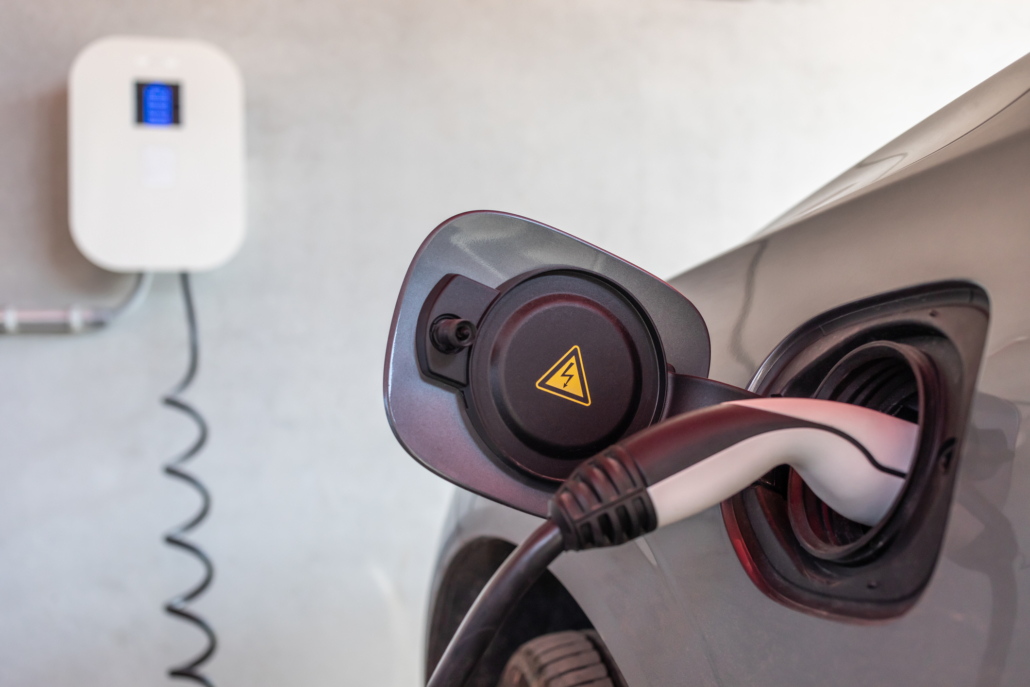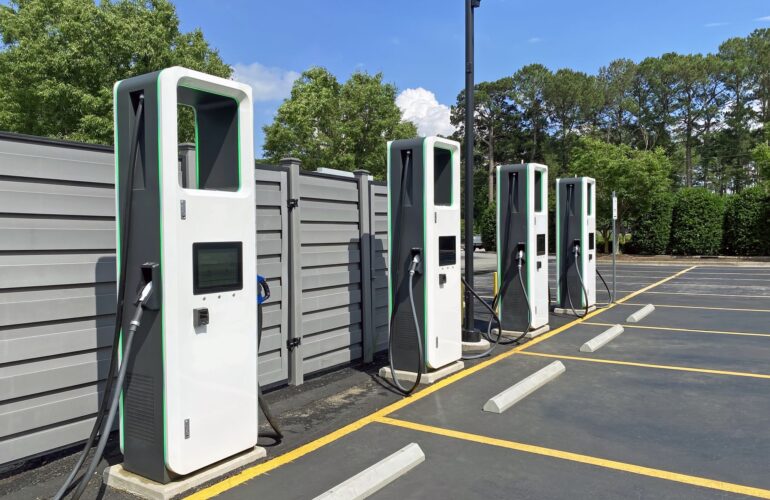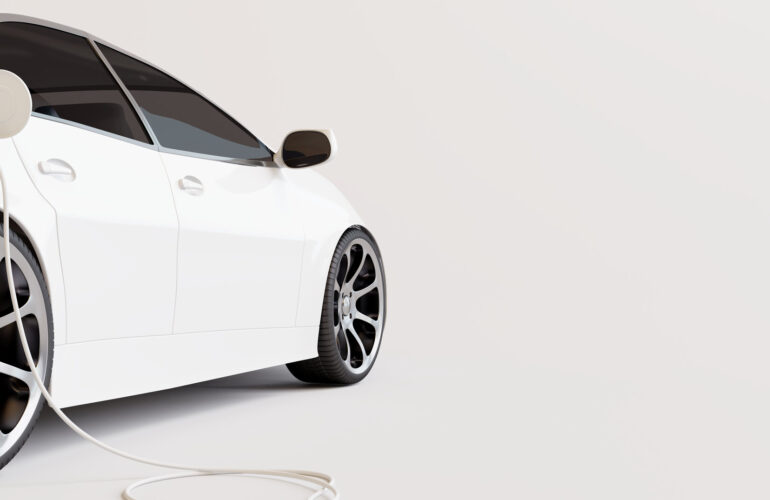Having an EV home charger offers immense convenience to every electric vehicle owner. Plug your car in for the night, and by morning, you’re ready to hit the road with a fully charged battery. However, as with all technology, there can be times when your charger can run into issues. No need to panic! With a little know-how, you can quickly troubleshoot common problems right from your own garage. So before you rush to an expert, explore these top three ways to troubleshoot your EV charger at home.
Understanding Your EV Charger: The Basics
Before you start troubleshooting, it’s essential to understand how an EV charger works. When you connect your electric vehicle to the home charging station, it communicates with your vehicle to ensure it’s safe to start charging your car. If things go wrong, the home charger signals errors in different ways – usually with blinking lights or error messages on a small screen. Consult your charger’s manual to understand the meaning of each signal.
Check The Power Supply
Many problems with home EV chargers are often the result of a disrupted power supply. To ascertain if your charger’s power supply is disrupted:
- Check the circuit breaker; the charger will not work if the breaker has tripped. In that case, reset and try plugging your vehicle again.
- If the charger is plugged into an outlet, examine if the outlet is working. Unplug the charger and plug another device to confirm.
- If none of these works, there might be an issue with your home’s power supply. In this case, you might need to consult an electrician.
Reset Your EV Charger
Like any electronic device, simply performing a reset on your charger can often solve a range of issues. To do a simple reset:
- Unplug your charger from the outlet and the EV itself.
- Wait roughly around 30 seconds.
- Plug the charger back into the outlet and the car.
If your charger is hardwired, you can perform a reset by switching off the charger’s circuit breaker, wait for around 30 seconds, then switch it back on.
Inspect the Charging Cable and Plug
Problems with the charging cable or plug can prevent a successful charge. Take a close look at these components. Do you see any signs of damage? Is the plug fitting into your EV’s charging port correctly? If you spot anything concerning, consult a professional; a damaged cable or plug can present safety risks.
Conclusion
If the tips above do not work, it might be a more severe issue warranting professional assistance. Troubleshooting your charger can save you unnecessary repair or replacement costs. Once your charger is up and running, you can continue effortlessly charging your car from the comfort of your home. Owning an EV provides you with the freedom to drive cleaner and more sustainably, and with these tips, you now have the confidence to maintain unimpeded use of your EV home charger.



